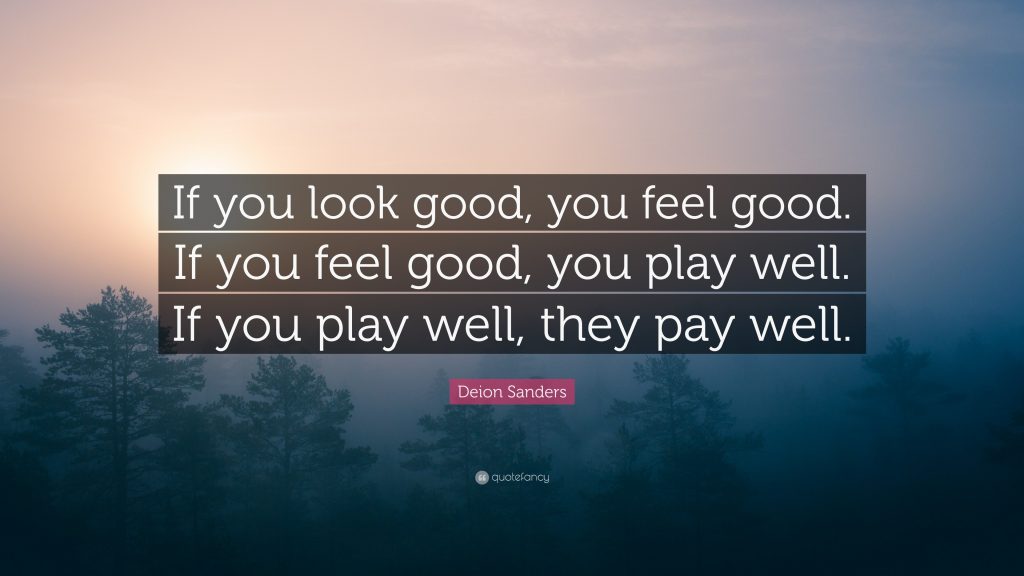

Nutrition and fitness are vital components of a healthy lifestyle. Achieving a physique and mindset that supports a healthy body composition requires a holistic approach that considers both the foods we eat and the exercises we perform. This comprehensive guide provides practical strategies to help you look good and feel good, emphasizing the importance of a balanced diet and targeted exercise for lasting results. This article will explore the foundation of good nutrition, efficient workout strategies, and the psychological benefits of a healthy lifestyle. This guide will cover:
- Understanding the fundamentals of nutrition
- Choosing the right fitness exercises
- Building a sustainable routine
Understanding the Fundamentals of Nutrition
Macronutrients and Micronutrients
Good nutrition starts with understanding the building blocks of food. Macronutrients, such as carbohydrates, proteins, and fats, provide the body with energy and essential components for growth and repair. Micronutrients, such as vitamins and minerals, are vital for various bodily functions. Focusing on a balanced intake of these nutrients is crucial. A balanced diet needs all macronutrients and micronutrients to maintain health and vitality. Consuming enough of these essential elements allows for smooth bodily functions and boosts your immunity.
Choosing the Right Fitness Exercises
Incorporating Cardio and Strength Training
Cardiovascular exercises, like running, swimming, or cycling, are essential for improving heart health and burning calories. Strength training, such as weightlifting or bodyweight exercises, helps build muscle mass, which boosts metabolism and enhances overall physique. Combining both types of exercise offers a well-rounded approach. Finding a balance between these forms of workouts allows for comprehensive body enhancement and overall health.
Building a Sustainable Routine
Creating Realistic Goals and Setting Timetables
Consistency is key to long-term success in nutrition and fitness. Set achievable goals and create a realistic schedule. Start by incorporating small, sustainable changes into your daily routine, rather than making drastic overhauls. Track your progress, and adjust your plan as needed to ensure you’re staying on track. Begin with small steps that can be consistently maintained, avoiding overwhelming changes that may not be sustainable.
The Psychological Benefits of Healthy Lifestyle
The Mind-Body Connection
Beyond physical benefits, a healthy lifestyle positively impacts mental well-being. Regular exercise releases endorphins, which have mood-boosting effects. Proper nutrition fuels the brain and body, leading to increased energy levels and cognitive function. A healthy lifestyle helps to manage stress and anxiety, promoting mental clarity and emotional stability. Practicing mindfulness and stress management techniques alongside physical activities reinforces this positive feedback loop.
Nutrition and Fitness: A Holistic Approach
Finding a Routine That Fits
Ultimately, creating a sustainable routine is about finding what works best for you. Understanding your body’s needs and preferences will be important. Experiment with different approaches until you find a balance that feels right and can be maintained long-term. Listen to your body and avoid pushing yourself too hard, especially in the beginning. Finding a routine that aligns with your lifestyle and preferences is key to success.
How often should I exercise to see results?
The frequency of exercise depends on your individual goals and current fitness level. Beginners might start with 150 minutes of moderate-intensity aerobic activity or 75 minutes of vigorous-intensity activity per week, along with strength training exercises twice a week. As you improve, you can gradually increase the intensity and duration of your workouts to achieve optimal results.
What are some healthy and easy recipes for quick meals?
Preparing healthy meals doesn’t have to be complicated. Quick recipes often utilize readily available ingredients. Salads are a simple option, packed with vegetables and lean protein. Stir-fries can be customized with various vegetables and lean meats. Overnight oats offer a quick and nutritious breakfast or snack option. These are just a few examples of easy-to-prepare meals that are high in nutrients.
Frequently Asked Questions
What are some simple nutrition tips for beginners?
Beginners can easily implement simple nutritional tips. Focus on incorporating more fruits and vegetables into your diet. Choose lean protein sources like poultry or fish. Limit processed foods, sugary drinks, and excessive saturated and unhealthy fats. Prioritize whole, unprocessed foods for optimal nutritional intake. Hydration is also important! Remember to drink plenty of water throughout the day to support bodily functions.
In conclusion, achieving a healthy lifestyle that combines nutrition and fitness is a journey, not a destination. By incorporating these practical strategies into your daily routine, you can unlock your body’s full potential, improve your overall well-being, and enjoy a more fulfilling life. Don’t hesitate to explore further resources for tailored guidance and support. Ready to embark on your journey to a healthier you? Start today by making small, sustainable changes to your diet and fitness regimen.